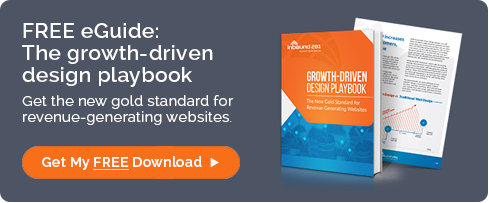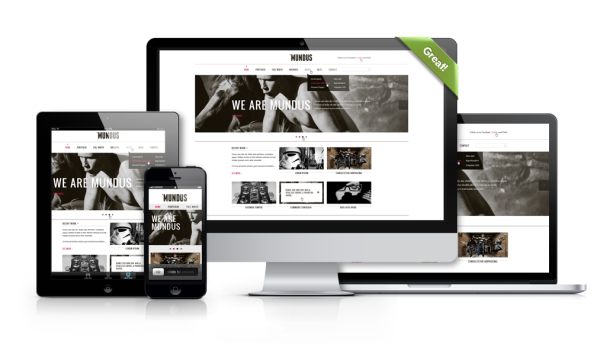Why your website needs responsive design
Once upon a time, business owners could choose between responsive web design and dedicated mobile websites. Today, that approach is obsolete. In...
3 min read
Mark Parent
October 26, 2016 10:14:58 AM EDT


Mike Sayenko is the CEO of Sayenko Design, where he oversees the company's strategy, creative, and development. We had a chance to sit down with Mike to discuss the importance of web design and the versatility of WordPress websites.
I decided to open up my own Seattle web design company because I had a passion for generating real business value for small to mid-size businesses. The focus has been on fueling accelerated growth through smart design, quality research, and forward-thinking strategies. Our company predominately works with B2B websites that have two goals: lead generation and building brand awareness.
WordPress has evolved to become a very robust solution for any sort of business that wants to integrate anything like marketing automation software, CRM, e-commerce, learning management systems, multi-databases, and so on. WordPress is a very scalable CMS and one that is very affordable to work with.
 WordPress isn’t one-size-fits-all when it comes to business web designs. The platform can be used to create custom themes and layouts.
WordPress isn’t one-size-fits-all when it comes to business web designs. The platform can be used to create custom themes and layouts. ![]()
Those that say WordPress is very cookie-cutter are misinformed; the reality is that we can build a website to look any way we want. We create custom WordPress themes that meet the business needs of our customers.
The web does have a lot of common UI design patterns; and as design patterns have matured, the experience is much better because of these. Why reinvent the wheel on a login model or a checkout process? User experience is very important, so we try to strike a balance between cutting edge design and usability.
They can install the Yoast SEO plugin. This allows them to optimize each page for a keyword or keyphrase that has a good amount of search volume and has a high cost per click. High-value keywords attract more advertisers, which leads to an increased CPC. Therefore, a higher CPC indicates value. However, it's important to do some keyword research inside a keyword planner tool such as AdWords.
Current web design trends include material design, which was developed by Google. The focus is on shadow effects and the concepts of movement and depth in order to create a visual design that looks realistic. Another that has been popular for some time is flat art design, which focuses on illustrations and infographic elements to tell a story.
Other trends include the use of hamburger menus, long scrolling pages that focus on building a brand narrative, masonry layouts, rich and subtle animations such as a gif icon or a pre-loader, hover animations, and background video animations. The main thing to note is that all of these trends should consider the end-user in mind. In other words, don't do it just because it's cool, but because it makes sense.
 Your website's design should always consider the needs, goals and challenges of your end user.
Your website's design should always consider the needs, goals and challenges of your end user. ![]()
Some of the biggest design mistakes I see disregard the end user, trying to create a "wow" effect without building a brand narrative that makes sense for their ideal buyer. Content should precede design. A lot of time, design is undertaken without considering who the end users are, what challenges they have, their goals, how does the company's product or service address their challenge, and how they can be converted into a business lead or customer.
Let's face it: your website should be responsive. The impact of mobile and tablet usage is that the website should have a variety of different experiences that may slightly differ from desktop to mobile.
The future for business web design will be more and more dynamic and customized to the buyer's journey at every stage of the marketing funnel. We'll also see more contextual computing, meaning that the website will understand us and our needs, appear differently to two different users, and adjust so that the experience is tailor-made for that specific user.
Learn more about the growth-driven approach to website design. Make consistent and user-friendly improvements to your site based on intuitive data and visitor behavior.

Make sure to connect with us on LinkedIn to get valuable insight on the latest news in marketing and website design. Follow us here:

Once upon a time, business owners could choose between responsive web design and dedicated mobile websites. Today, that approach is obsolete. In...

When it comes to browsing on mobile devices, there are two types of websites that can work well for this: a mobile optimized site and a responsive...

With the explosion of mobile and tablet devices, Responsive Website Designs deliver a great customer experience across all devices! A big part of...